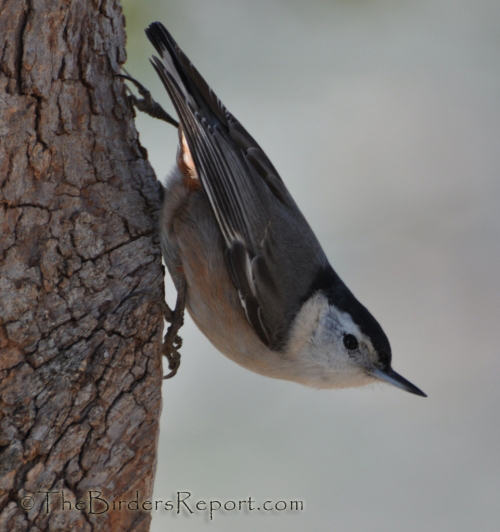 White-breasted Nuthatch (Sitta carolinensis) Male photos by Larry Jordan
White-breasted Nuthatch (Sitta carolinensis) Male photos by Larry Jordan
I was out checking my nest boxes this morning and as I opened the front of the box and looked in, something was different. These didn’t look like Oak Titmouse nestlings and this didn’t look like an Oak Titmouse nest!
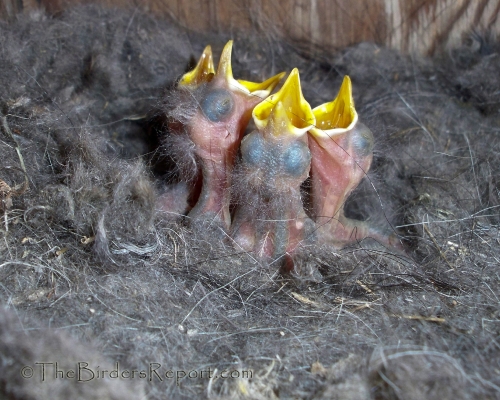
These are White-breasted Nuthatch (Sitta carolinensis) chicks. They have lighter down than Oak Titmouse nestlings and longer beaks too (the post of the Oak Titmouse nestlings also has a link to a must see video of their cousins, the Tufted Titmouse, showing the entire nesting cycle of this bird, from nest hunting to fledging).
I have had a pair of White-breasted Nuthatches living around my house continuously for years now but they have never chosen to nest in one of my nest boxes…until now.
I was expecting Oak Titmice to be using this box. They also use lots of fur and hair in their nests, but this one was different, it had lots of bark making up the base layer for the nest.
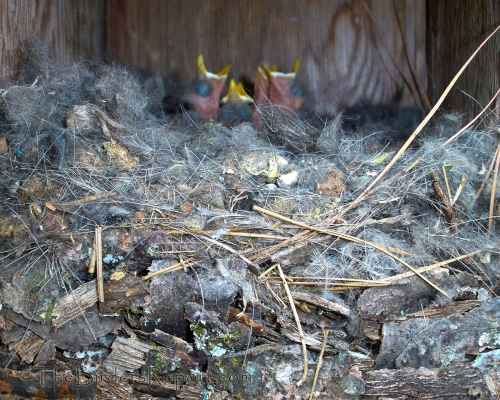
Only the female White-breasted Nuthatch incubates the eggs for 12 to 14 days. The male feeds her while she is incubating and after the eggs hatch, for a few days while she broods the clutch.
I got a couple of photos of the proud parents bringing food to the nest. It is fairly dark where the nest box is located so the photos are a bit grainy as I had to use a 3200 ISO to get a fast enough shutter speed to stop the action. Nuthatches move rather quickly but they will stop occasionally for a split-second photo op.
Here is a shot of what appears to be the male White-breasted Nuthatch bringing in a moth. Both parents were feeding the chicks and removing the fecal sacs.
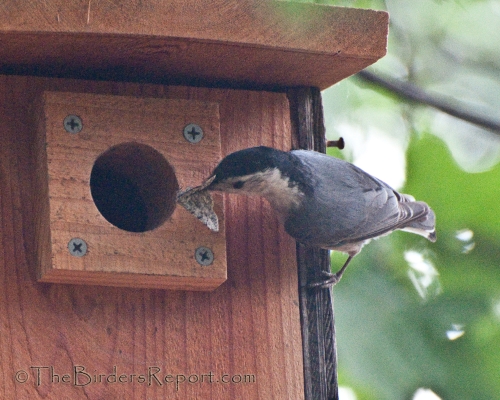
Here is the male peeking out the nest box entrance after the feeding. This is an old nest box on which I just replaced the roof and front. The entrance hole is 1 1/2 inches which works for all my cavity nesting song birds, the Western Bluebird, Oak Titmouse, Tree Swallow, Ash-throated Flycatcher, Violet-green Swallow and now, the White-breasted Nuthatch which often reuses their nests year after year 😉
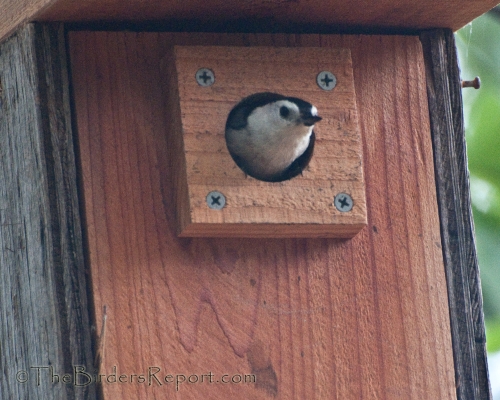
To see more great bird photos, check out Bird Photography Weekly!
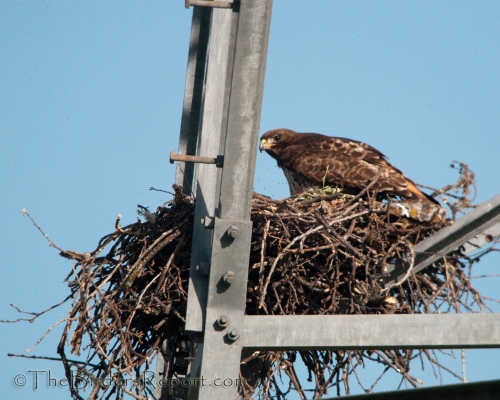 Red-tailed Hawk (Buteo jamaicensis) at Nest photos by Larry Jordan
Red-tailed Hawk (Buteo jamaicensis) at Nest photos by Larry Jordan
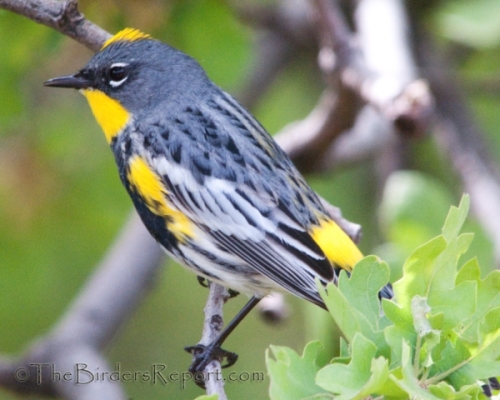





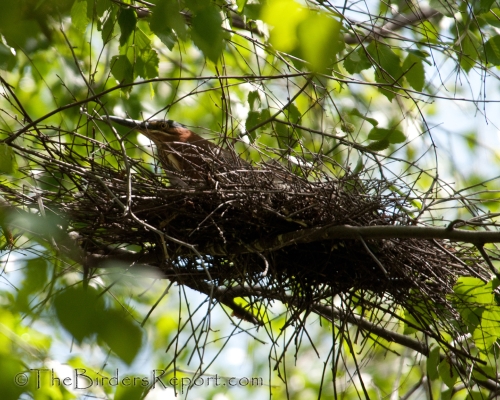
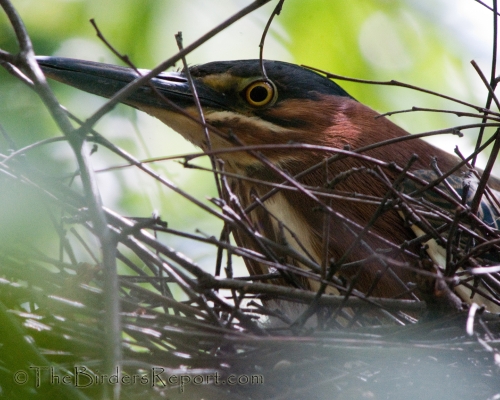
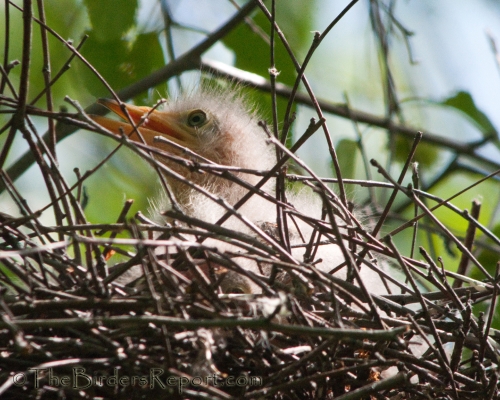
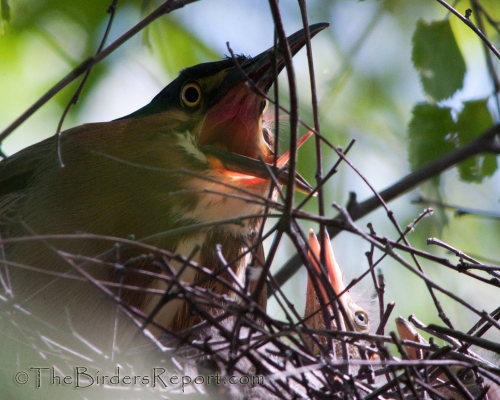
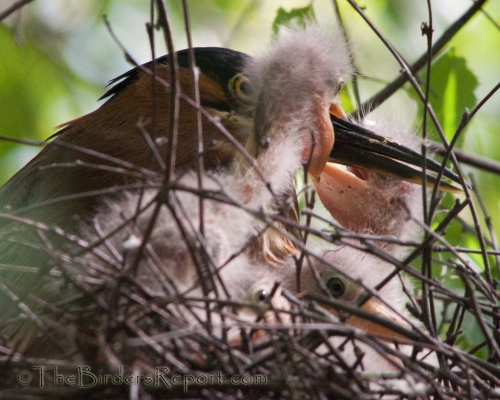
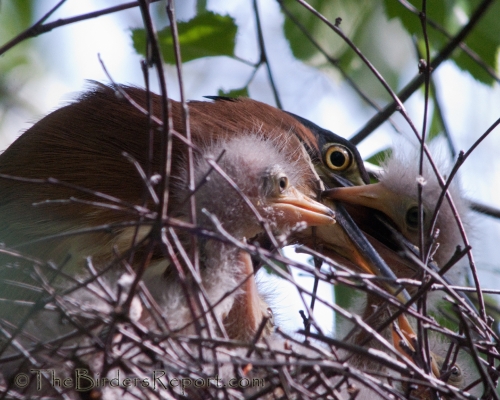
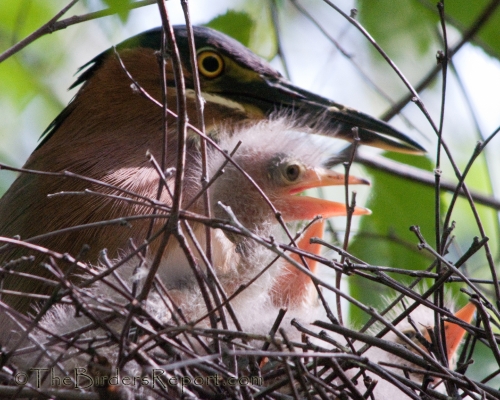



Social Media Connect